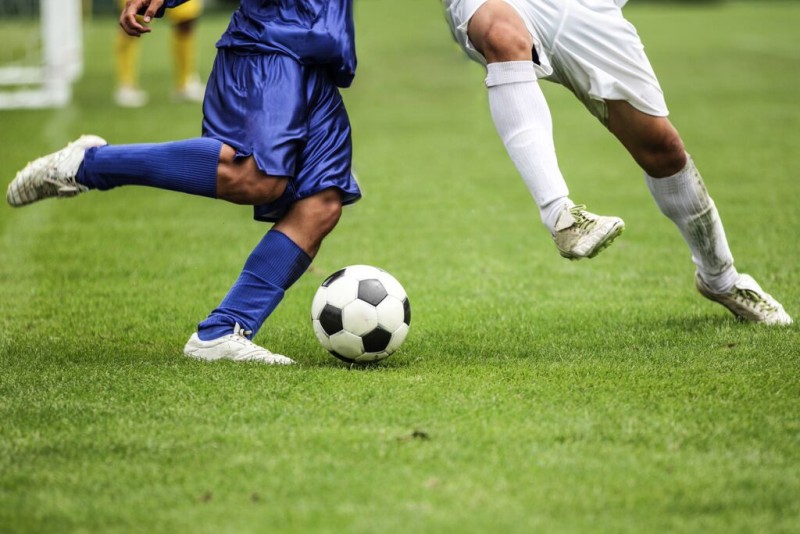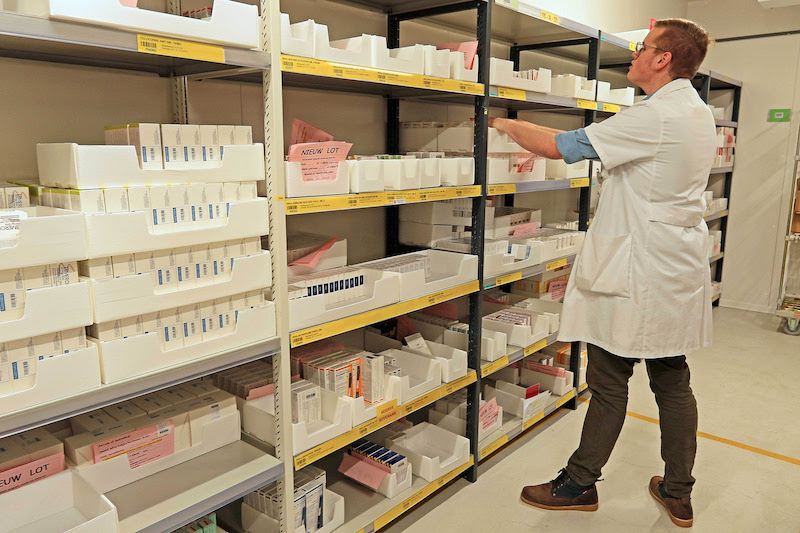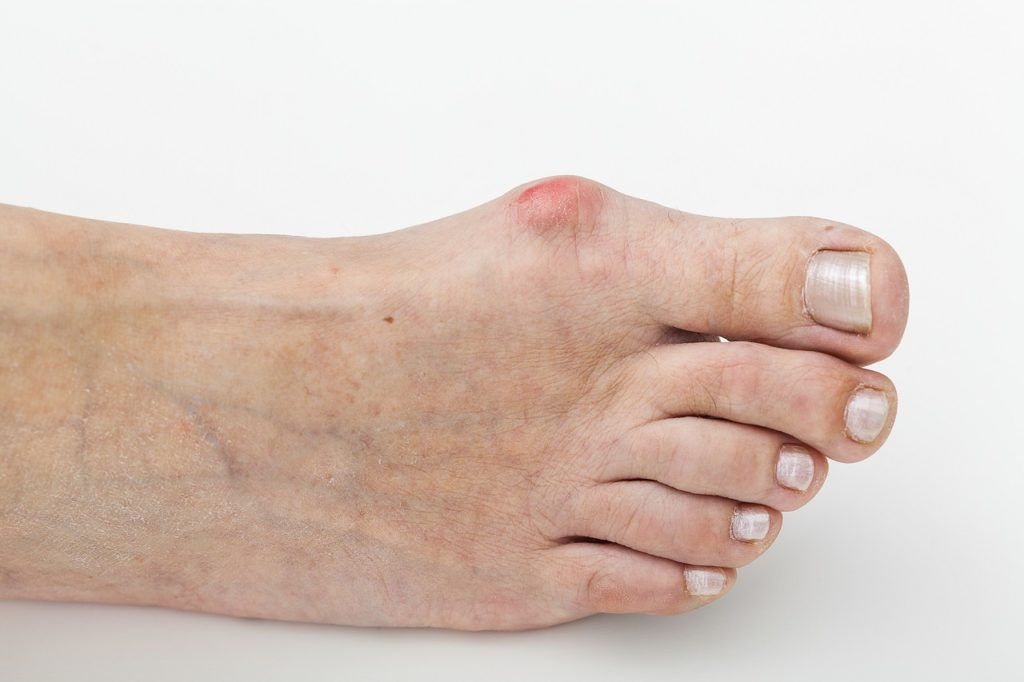
Stem Cell Therapy for Knee Injuries: 21st Century Osteoarthritis Solution
It is very important to renew the treatments in the surgery of the knee. In the last century, different techniques appeared to avoid suffering knee complaints in patients with osteoarthritis, such as knee replacement.
One of the most important developments was the knee surgery and the placement of a metal piece attaches to femur and tibia.Subsequent to the end of 20th century, clinicians specialize in surgical prosthesis with the support of information technology.
This technique is less invasive with a recovery and greater precision, and with only 10 cm. length of skin incision. However, although specialists improved the quality of the materials and results, this surgery was still too aggressive.
In the beginning of the new century, doctors changed the philosophy of treatment in the knee cartilage, both young people and older people with osteoarthritis. Previous scientific studies showed that the human body had the possibility of regeneration by itself and in particular, in the blood. In a wound, the body develops a series of internal processes to repair the damage tissue.
Therefore, researchers began to analyze the biochemistry in depth and they detected a few cells and proteins involved in the wound treatment. These cells are inside the bones, fat, etc., and they are known as stem cells or mesenchymal cells. They have the ability to become any specific cell that the human body want to repair. The first group is divided into cells from the umbilical cord of poor curative properties for its high speed of proliferation. They are ethically and legally prohibited now.
However, bone or fat stem cells can be used to regenerate knee cartilage, which has been destroyed by accidents in young people and osteoarthritis in adults.
Scientists and doctors are now able to assert the real possibility of regeneration of knee cartilage and can heal injuries that formerly required prosthesis and assumed a bad quality of life in patients. The goal would be to heal injuries that required prosthesis and assumed a bad quality of life in patients.
This technique is done with a simple arthroscopic surgery that allows aspiration of bone marrow of femur under control, without damaging the knee. The objective is to adhere the stem cells with proteins known as growth factors, for tissue regeneration total.
After the surgery, the patient will need only a short period of physical recovery and cartilage regeneration control. The 21st century is without doubt, the century of the regenerative medicine and innovative treatments, leaving aside the prosthesis and the effects that reduce the quality of life of patient. Platelet growth factors and intra-articular injections allow to obtain satisfactory results .
This biological treatment has become one of the most effective techniques for osteoarthritis. That is possible in the next few years, the medical and scientific society get progress in its investigations that make it necessary to have regenerative surgery units in any hospital.
Stem cells and the sports injuries
Now after 4 years of experience with stem cell treatment, we have begun an innovative technique with bone marrow in athletes. In some patients with partial tears in the ligament, we have infiltrated stem cells with growth factors by arthroscopy.
With this technique we regenerate the ligament without traditional surgery with extraction of tendons, wounds and screws etc. This method might be the end of aggressive surgery and difficult recovery in sports injuries.
Also in the torn knee meniscus we have avoided the extraction of the meniscus and the total or partial conservation of this. To remove the meniscus, knee suffers a deterioration with osteoarthritis (in case of the patient does not suffer previously disease or aggravation if he suffers it), hence the importance of preserving it.
Cartilage, how is it regenerate?
Cartilage regeneration is a difficult task because it is an avascular tissue and does not contain blood vessels. Regeneration is done through of the implant of mononuclear cells. These cells are obtained by bone marrow aspiration, where there is a higher concentration of stem cells.
The extracted cells are concentrated and adhere to the area where the cartilage is damaged due to accident work, sports or osteoarthritis caused by age.
Osteoarthritis of the knee is the disease of the 21 st century, however this regenerative treatment avoids in the majority of patients, painful recoveries as well as the preservation of cartilage, avoiding aggressive interventions such as metallic prostheses.
Mononuclear cell therapy is a minimally invasive surgical procedure done with arthroscopy. The patient can go home a few hours and regain movement and regain the normal movement of his knee. Just wait a few weeks to put down left foot.
One of the advantages of this treatment is that the patient does not suffer incisions in the knee and today, the cartilage regeneration is accomplished in 80% of patients for 1 year. Therapy has been checked with biopsy a year, tested with cases with biopsy or magnetic resonance.
Dr. Simón Campos




